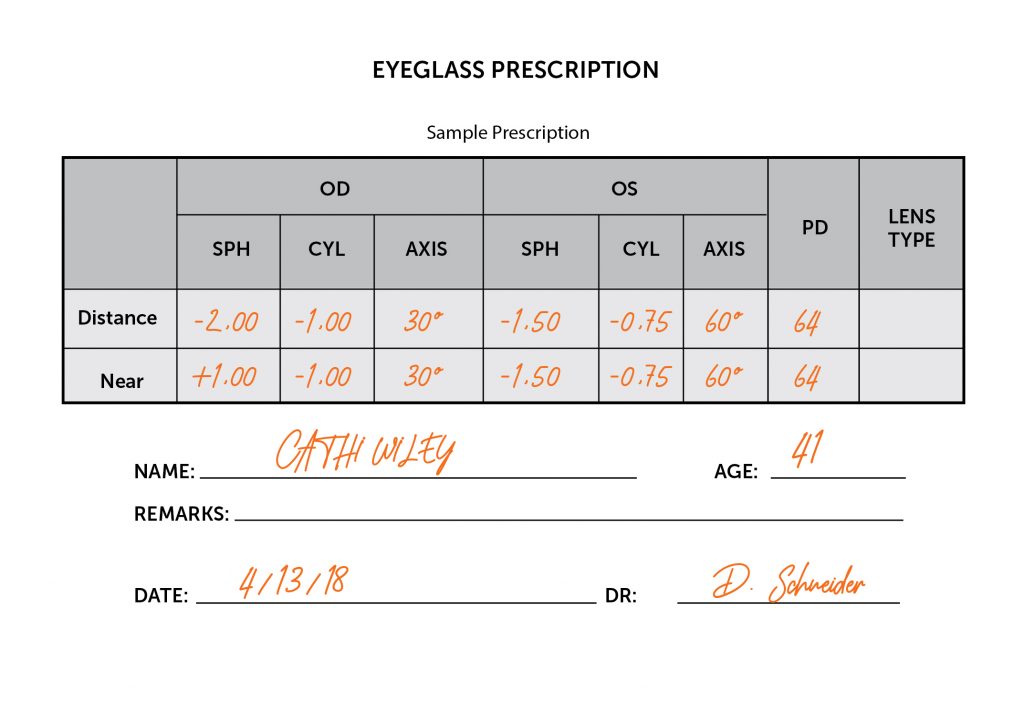Sunglasses help protect your eyes from the harmful UV rays from the sun. The most important feature to look for in sunglasses is blocking 100% of UVA and UVB rays. However, there are many other features of sunglasses you can select to meet the needs of your lifestyle. Here is a brief overview of prescription, polarized, and performance sunglasses.
Prescription Sunglasses
All prescription sunglasses purchased from our office protect your eyes from harmful UV rays of the sun and block 100% of UV rays. Prescription sunglasses are an excellent option for both glasses and contact lens wearers in many situations. Try keeping a pair of prescription sunglasses in your car so you are able to remove your glasses and switch to prescription sunglasses easily. These sunglasses will provide you with vision correction, minimized glare, and dimmed the brightness of the sun.
Contact Lens Wearers
Prescription sunglasses are a great solution for contact lens wearers when swimming at the pool or beach. It is not recommended to swim in contact lenses, so prescription sunglasses make an excellent alternative for clear vision during these activities.
Polarized Sunglasses
Polarized sunglasses have always been popular with boaters and fishers to reduce reflected glare from the water. However, others like hikers, bikers, golfers, and joggers also benefit greatly from polarized sunglasses. Polarized sunglasses optimize your vision for safety and performance by eliminating glare caused from light reflected off flat surfaces. Polarized lenses improve comfort and visibility. These lenses are also great for driving because they help reduce glare from the hoods of cars and off the road’s surface.
Performance Sunglasses
The goal of performance sunglasses is to provide you with the best vision possible under all conditions. These glasses are designed to be lightweight, flexible, durable materials, no-slip, and have lens color variations. Performance sunglasses are great for sports such as mountain biking, snowboarding, rock climbing, kayaking, skiing, golfing and in-line skating. While performance sunwear is most often used by athletes, they are also helpful for those who work outdoors, do a lot of driving, or are in the military.
Popular features of performance sunglasses include anti-reflective coating and changeable lenses. The anti-reflective coating applied to back surface of lenses to eliminate glare from light reflecting off the back of lenses when the sun is behind you. Changeable lenses allow you to switch out your lenses for the tint that will best match the lighting conditions for the day.
Selecting the best sunglasses for you is highly dependent on the needs of your lifestyle. Do you need help deciding the best type of sunglasses for your lifestyle? Contact our office we are happy to assist you in your sunglasses selection!
